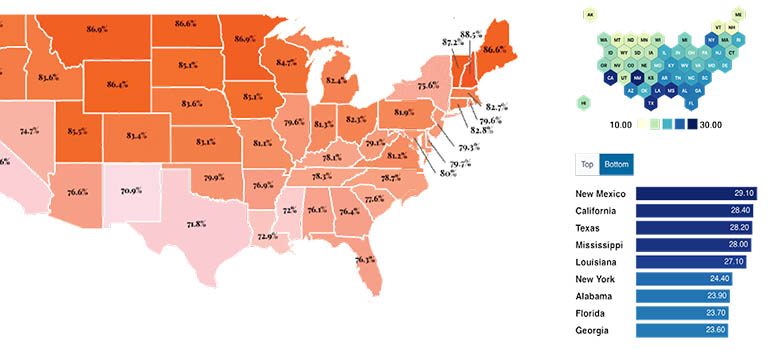UNVEILING THE CHALLENGE: NAVIGATING LOW LITERACY RATES IN OUR COMMUNITY

In the contemporary world, literacy emerges as an indispensable skill, providing individuals with the capacity to comprehend language, navigate written communication, and actively participate in society. The absence of literacy inhibits individuals from fully engaging in educational opportunities, hindering their ability to grasp complex ideas, acquire knowledge, and make such as visual literacy and digital literacy, play equally vital roles. Visual literacy involves interpreting visual cues like maps and diagrams, while digital literacy entails understanding digital devices and accessing online information. Proficiency in these areas not only enhances individual awareness but also augments job prospects.
Recognizing the pivotal role of literacy, numerous organizations allocate resources to boost literacy rates domestically and abroad. Nonprofits initiate initiatives to bring reading materials into communities without access to books, while governments provide subsidies for higher education. The advent of technology has further facilitated learning through the availability of online courses, offering adults, regardless of age or location, the opportunity to enhance their literacy skills.
According to the National Center for Education Statistics (NCES), 79% of American adults possess medium to high English literacy skills. This implies that 21%, or approximately 43 million adults, grapple with low literacy skills bordering on illiteracy. These low literacy levels impact the nation significantly, negatively affecting the economy by limiting employment opportunities and decreasing workforce productivity. The estimated annual cost of low literacy in the U.S. is a staggering $2.2 trillion. Beyond economic ramifications, low literacy can lead to political disengagement, increased reliance on social welfare programs, and elevated crime rates. In a global context, the U.S. lags behind other developed nations in literacy rates.
Immigration emerges as a critical factor contributing to literacy challenges in the U.S. Hosting more immigrants than any other nation globally, the literacy rates reveal that 34% of those lacking English proficiency were born outside the country. This trend is particularly evident in states with large immigrant populations, such as California, where over 20% of the population is foreignborn, correlating with lower adult literacy rates.
Children’s literacy rates are equally significant, with 66% of 4th graders in the U.S. reading below proficiency levels in 2013. Children’s low literacy rates can have lasting effects on a nation’s overall health, as a lack of early literacy development may lead to prolonged challenges in adult literacy rates, negatively impacting the nation’s well-being. The disparity in literacy rates across the U.S. is influenced by various factors, including the distribution of powers between federal and state governments and the emphasis on education in specific states. States like Massachusetts, prioritizing education with initiatives like a “millionaire tax” for public education funding, boast high children’s literacy rates. Similarly, New Hampshire, with the highest literacy rates in the country, has actively promoted literacy through various programs.




